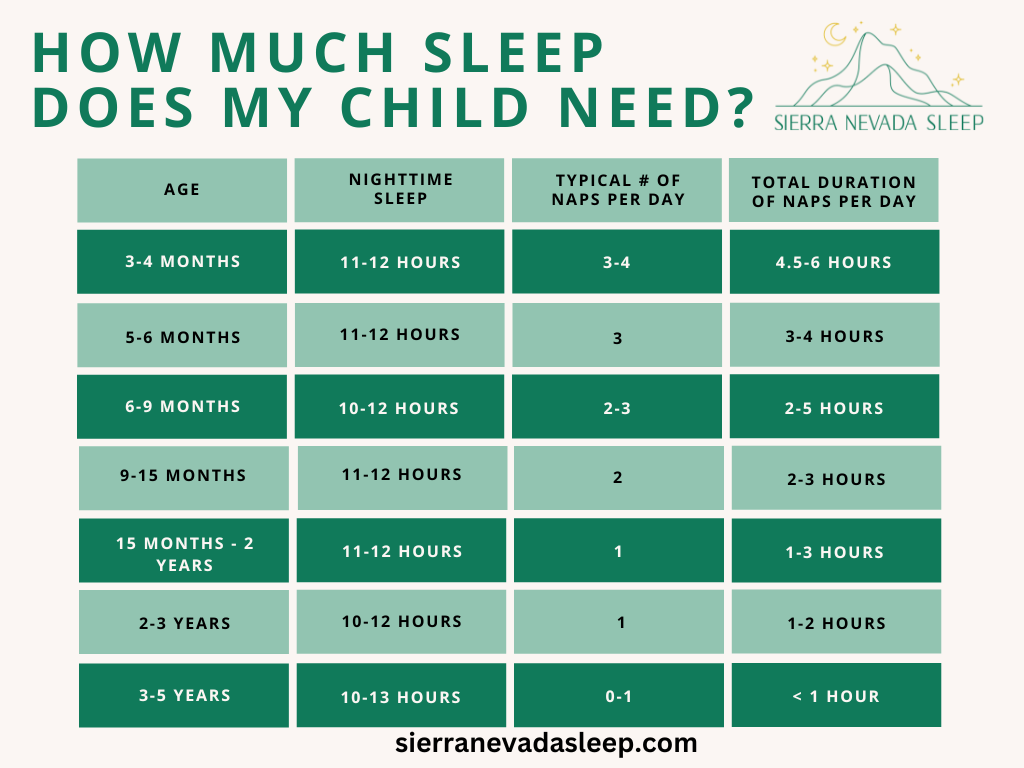Navigating Nap Transitions: When Should I Drop a Nap?
June 13, 2023

Infants nap anywhere from 3-4 times per day. As they grow and approach ages 3-5, they stop napping all together. This transition occurs because as children grow and develop, their sleep needs change, including their nap requirements. Knowing when to drop a nap can be confusing for parents. Today we’re tackling knowing when your little one is ready to drop a nap and how to do it.
Factors To Consider: Dropping A Nap
Age and Developmental Milestones
The timing of nap transitions largely depends on a child’s age and developmental milestones. Typically, infants transition from multiple short naps to consolidated daytime sleep around 4 to 6 months of age. Readiness for this transition is often indicated by longer wake periods between naps and increased alertness during the day. By the age of 3, many children are ready to drop their nap altogether, transitioning to a period of quiet rest or “quiet time” instead. The earliest age to drop a nap is 2.5 and only if the child is really struggling with bedtime
Sleep Quality and Nighttime Sleep
Another crucial factor to consider when deciding to drop a nap is the impact it may have on nighttime sleep. If a child is consistently taking longer daytime naps or struggling to fall asleep at bedtime, it might be a sign that they no longer need as much daytime sleep. Lengthening wake windows between naps or reducing the overall amount of daytime sleep can help ensure that children are tired enough to sleep well at night. It is important to strike a balance between adequate daytime sleep and preserving the quality and duration of nighttime sleep.
Take a look at this article or the guide below to know how much sleep your little one needs:

Signs Your Child Is Ready To Drop A Nap
If the nap is working and they are sleeping well at nighttime, keep the nap as long as your child would like.
4 signs your little one might be ready to drop a nap:
1. Your baby or toddler consistently resists or fights naptime
If your little one fell asleep for his nap last week without problems, but this week cannot seem to settle down, it may be time to drop a nap.
2. Your baby or toddler takes a long time to fall asleep
If your infant or toddler is suddenly taking a long time to fall asleep or is protesting before naps or bedtime, this may mean they are not tired enough. In this case, I recommend increasing wake windows and gradually dropping a nap.
3. Your baby or toddler has consistently short naps
If long naps were normal before and suddenly she starts napping only 30-45 minutes, that’s a good sign she might be ready to drop a nap. Short naps usually means she is ready for a longer wake window before her nap.
4. Your little one’s last nap of the day is interfering with bedtime
If bedtime is suddenly difficult and your child is fighting it, he may be ready to be awake longer before bedtime. Start shifting bedtime a little bit later.
How To Drop A Nap
When making a nap transition, I recommend you do so gradually. It usually isn’t an all or nothing transition. In the process of dropping a nap, you’ll notice that on some days your little one will keep his nap and other days he may skip it. When you do drop nap, know that bedtime will shift earlier. This is okay and temporary as their bodies figure out a new sleep schedule.
To drop a nap, you have two options:
1. Gradually increase your little one’s wake periods between naps
Increase your child’s wake windows by 10-15 minutes at at time. The goal here is to push out nap time ever so slightly while avoiding your child getting overtired.
2. Shorten the duration of a nap
Limit naptime to 30-45 minutes. If you see your child stirring between sleep cycles, go ahead and get them up. This will help gradually reduce total nap time while working towards consolidating total number of naps in a 24 hour period.
If you have any questions about your child’s naps or have questions about helping her develop independent sleep habits, I invite you to reach out to me.